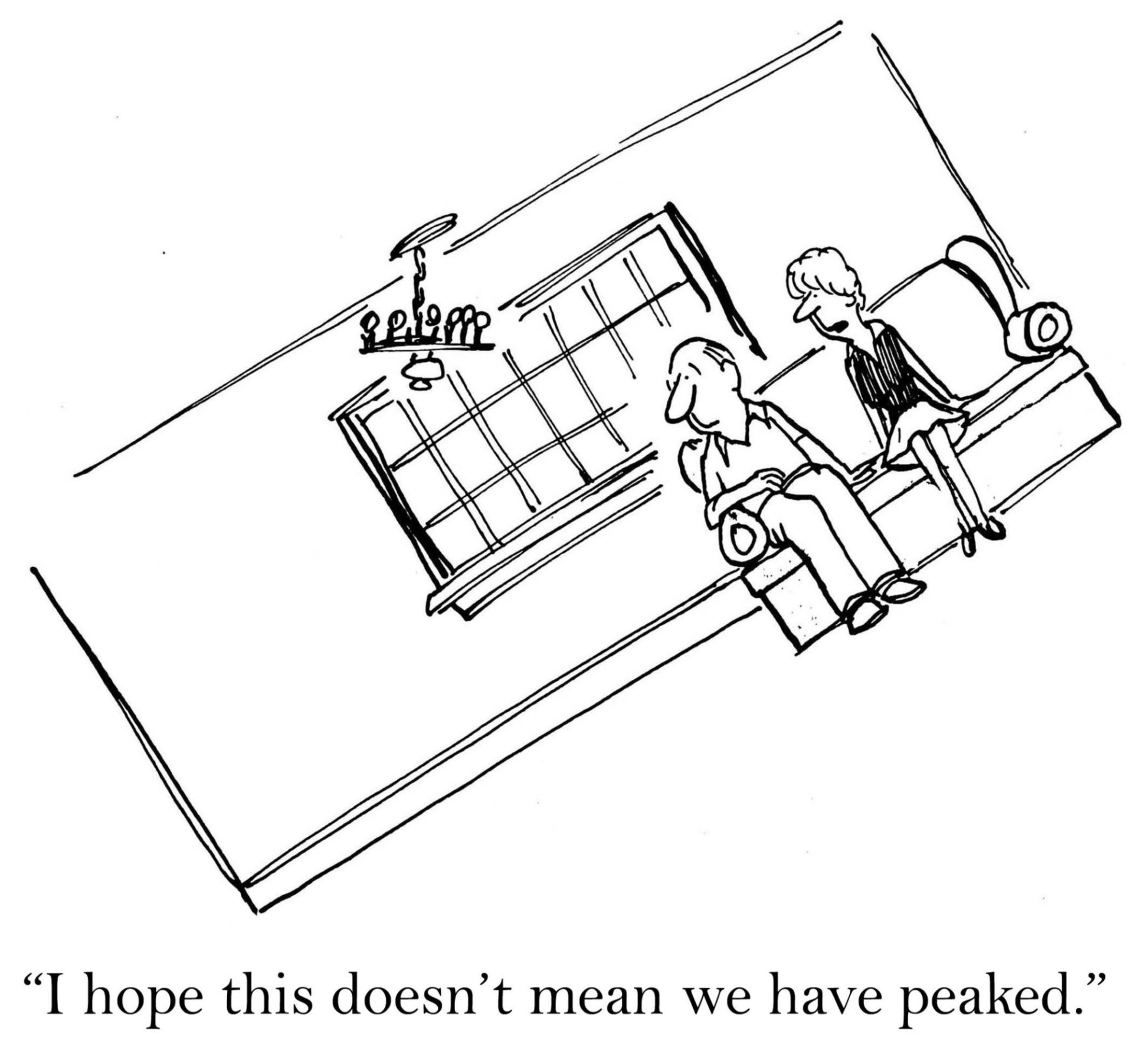Table of Contents Show
Having that big, five-bedroom house in the suburbs is excellent for a large family with growing kids. But there comes a time when you might be an empty-nester, or perhaps you’re going through another life change, such as divorce, and that big house no longer makes sense for your lifestyle. Regardless, it’s time to downsize.
After 20 plus years in your house, moving to a new place can feel like a big change. Downsizing can be scary, as all the mementos in your home have some sentimental value. I’ve got some tips to help ease the pain of downsizing for you.
How do I know if it’s time to downsize?How do I know if it’s time to downsize?
Deciding to leave a home you’ve lived in for many years can be challenging. But if you’ve found yourself wondering what’s next or looking for a change, this can be the first sign you’re ready to downsize.
Start by inventorying your home and how many rooms you’re using. For example, if you’re only using one of the five bedrooms because all three of your children have moved out, it’s a sign you can downsize with ease.
If you want to travel more, but you’re straddled with a large mortgage payment, or you went to a single-income household and can’t afford your mortgage, it can also be time for a change that will give you more financial flexibility.
Regardless of your reason, many of us have life-changing events or simply a time in our life when we decide it’s time to downsize. This is all-natural. Your move can also help you experience something different and broaden your perspective outside of the same town you’ve been living in for decades.
Keep in mind that selling your home can take time, especially if you’re decluttering 20-plus years’ worth of belongings. Starting to think about downsizing can set you up to make the change later when you decide to sell or rent your home.
Where do I begin?Where do I begin?
If you’re ready to sell or rent your home, you’ll want to find a qualified agent in your region that knows the market. Start building a relationship with them and discussing what they feel you can do to spruce up your home.
You’ll want to research comparable homes in your area and what they’re selling or renting for, so you can price your home appropriately.
If you plan to paint or make any improvements to make your home more attractive to buyers or renters, research and price out a few contractors, your agent might have some recommendations, too.
However, before you put your house on the market, you’ll want to declutter and stage it to give you the best shot at selling or renting.
How to downsize your belongingsHow to downsize your belongings
While deciding to downsize your actual living space can be a rewarding first step, the actual act of downsizing your belongings can be a challenge for some. It can be tough to part with items that have sentimental value. I would recommend hiring someone who can help you go through this process. An experienced expert will reduce the time it takes to declutter and relieve you from feeling overwhelmed with the process.
If you’re doing this yourself, the first step in decluttering is to separate items into categories of giving away, selling, storing, bringing to your new home, or throwing away.
Start by eliminating things in rooms you won’t have in your new home. For example, if your current home has five bedrooms and your new home only has two bedrooms start sorting through these extra rooms first.
After several yearsAfter several years
If you’ve been in your house for several years, you’ll likely have much that needs to be thrown away. Call a dumpster company and have it delivered so you can throw it away as you sort through your house.
If your furniture or household items are still in good condition, consider selling them or giving them to charity. Craigslist, eBay, consignment stores, or a good old fashion yard sale can help you get rid of your belongings and earn you some extra cash to spend on your new place.
For clothing, there are consignment stores and sites like ThredUp or RealReal that buy and sell your clothing for you. You can also donate to organizations that will pick you up from your home. Organizations such as Veterans of America, Goodwill, and others can make this process
easy for you.
Finding your new placeFinding your new place
Before you start looking for an apartment, think about what your must-haves are for your new home. For example, perhaps you can downsize to a one-bedroom. Or maybe you want a second bedroom to be a guest room or office. Maybe an elevator building makes sense because you don’t want to walk up flights of stairs. Communicate these must-haves to your realtor ahead of time to help you narrow the search.
While your grown children might be living in the city, don’t think it’s just a place for Millenials. Downsizing to a city can offer you easy access to mass transit, restaurants, museums, and more.
Moving to New York City or downsizing your home, in general, requires assessing what size apartment you can live in. This can be a shock coming from a large home in the suburbs. However, it can also be an exciting time for you to start a new chapter.
The Benefits Of Living In NYCThe Benefits Of Living In NYC
Now that you’ve officially downsized your belongings and living in your new home, you can start enjoying your new neighborhood.
There are thousands of restaurants, museums, and stores to explore in a city. Start exploring either by taking walks around your neighborhood or setting a goal for yourself. Learn something new every day, take a class, or join a group. The more you engage in your new surroundings, the sooner you adjust to your new home.
If you start taking advantage of all the culture your new city offers, you soon will love the experience and all the new ways you’re broadening your perspective. You’ll be excited about how you’ve expanded your world and grown in the process! After some time, you’ll feel comfortable and won’t even miss your old home.
Author
Amy Rivers
Licensed Real Estate Associate
ELIKA Real Estate







